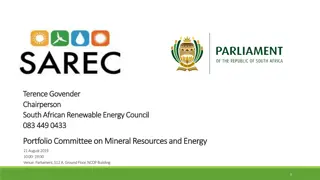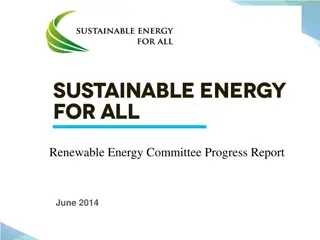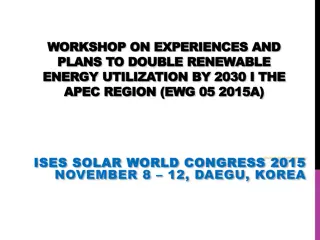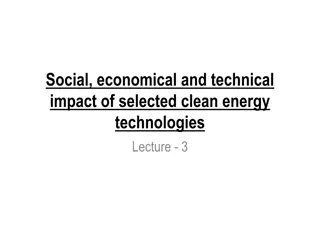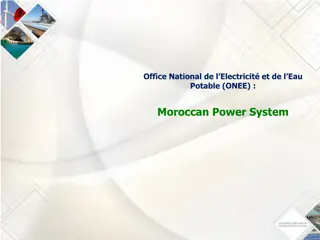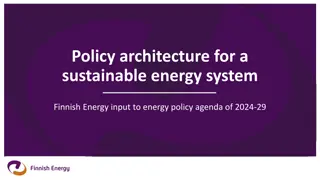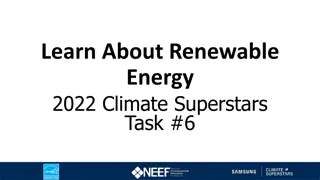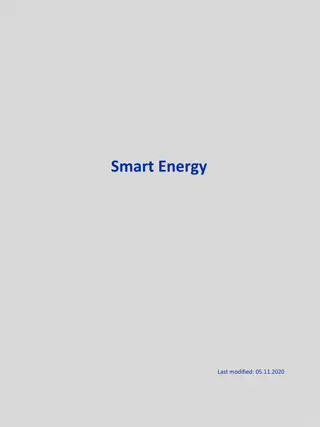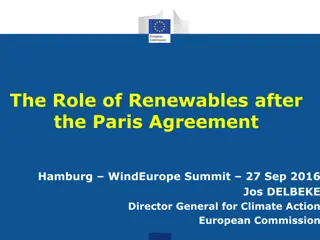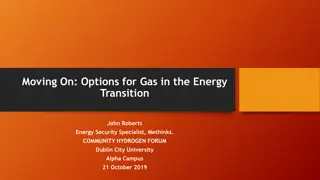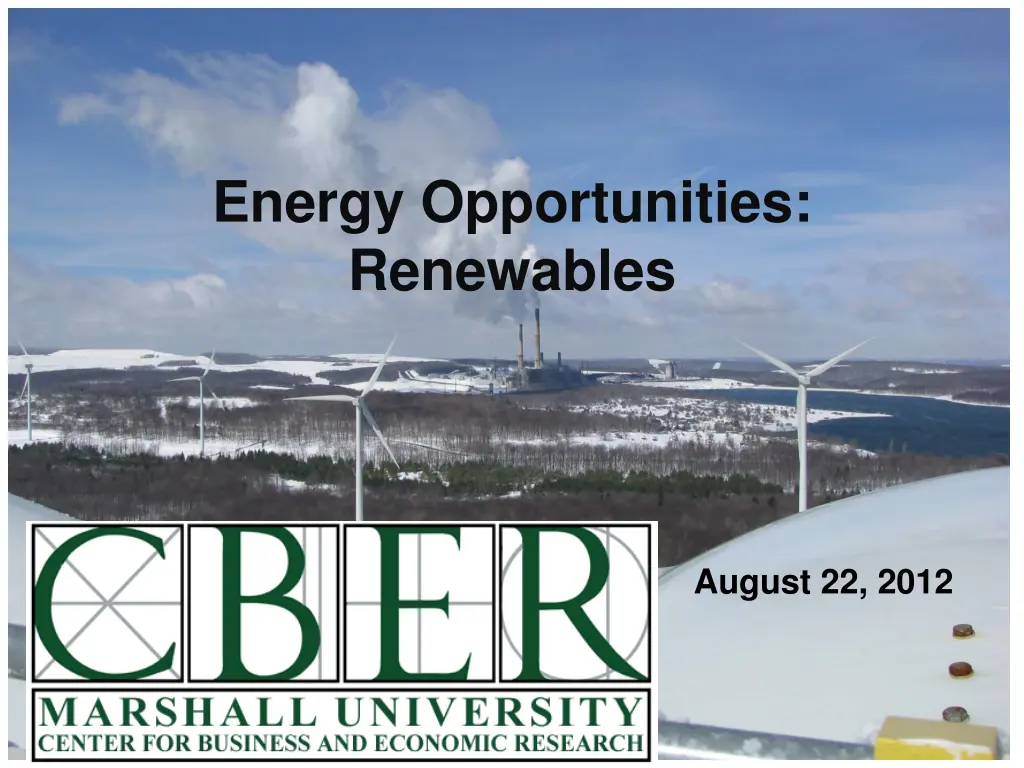
Renewable Energy Opportunities and Challenges in the US
Explore the landscape of renewable energy in the US, including the share of total energy consumption, major sources, and conclusions on transitioning to renewables. The potential of biomass as a fuel source is also discussed, with insights on ethanol, biodiesel, woody biomass, switchgrass, A. donax, landfill gas, and more.
Download Presentation

Please find below an Image/Link to download the presentation.
The content on the website is provided AS IS for your information and personal use only. It may not be sold, licensed, or shared on other websites without obtaining consent from the author. If you encounter any issues during the download, it is possible that the publisher has removed the file from their server.
You are allowed to download the files provided on this website for personal or commercial use, subject to the condition that they are used lawfully. All files are the property of their respective owners.
The content on the website is provided AS IS for your information and personal use only. It may not be sold, licensed, or shared on other websites without obtaining consent from the author.
E N D
Presentation Transcript
Energy Opportunities: Renewables August 22, 2012
Figure 1: U.S. Renewable Energy as Share of Total Primary Energy Consumption, 2010
Figure 2: Renewable Energy Total Consumption and Major Sources, 1949 to 2010
Overall Conclusions None of the renewable of alternative energy sources is likely to provide fuel or electricity at a lower cost than traditional sources Transition from current to renewable fuels will require either state subsidies or higher utility rates or both
Overall Conclusions 2 There is a need to monitor potential transportation and transmission issues related to renewables Environmental concerns regarding alternative and renewable fuels should be fully addressed. The State s Renewable Portfolio Standard (RPS) provides incentives for the use of renewable energy
Biomass: Conclusions There is little likelihood that ethanol production from corn is going to happen There is limited potential for development of biodiesel in WV The use of woody biomass should be further investigated considering the extent of forestation in the state
Biomass Conclusions 2 Use of switchgrass and A donax as a biofuel requires more research, but both can be grown on marginal and reclaimed land Population densities in WV do not appear sufficient to justify municipal Waste-to- Energy projects although they have been successful elsewhere.
Biomass Conclusions 3 Energy from Landfill Gas (LFG) merits little consideration as the needed infrastructure and physical characteristics do not make it feasible. Chicken litter has more economical uses than as a fuel
Other Conclusions Due to the depth of the resource and the cost of recovery, geothermal is not now an economically feasible option for WV Large and medium hydro has or is being developed. Small scale hydro would have only very limited application.
Recommendations Efforts to promote corn ethanol blending into to gasoline should be resisted The costs and benefits of the support for use of biodiesel in school buses should be investigated The potential for use of wood biomass as a fuel should be pursued
Recommendations 2 The possibility of using small scale hydro at remote locations should be studied Research on switch grass and A donax on reclaimed and marginal land should continue Possibility of developing WTE projects on a regional basis should be considered
Recommendations 3 Developments regarding LFG should be monitored with the possibility of including more sites if feasible The state should be up-to-date on EPA regulation of uses of chicken litter which may determine if it is feasible to use as a fuel






